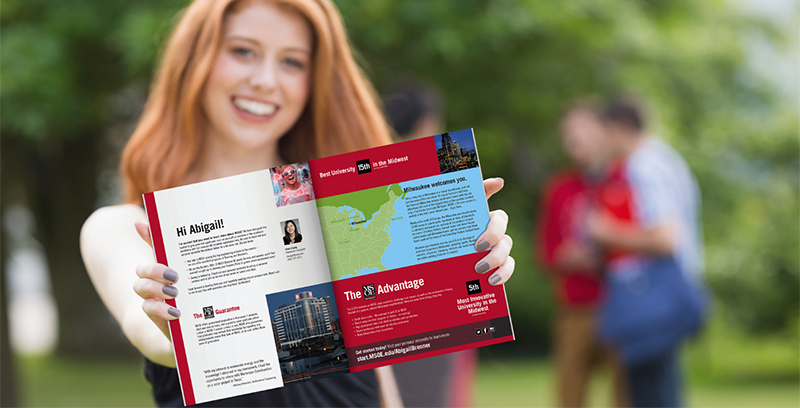Back in 2014 — when today’s high school seniors were only freshmen — an IBM Institute for Business Value report highlighted the rapid shift in consumer expectations across all markets. “Customers have begun to experience compelling, individualized and integrated experiences in some areas… and are now expecting similar experiences across all their interactions…. Most organizations are not set up to deliver these types of experiences and, as a result, are often faced with customer frustration and, at times, anger. At the same time, customers know that technology is already available to make such experiences possible — cloud, analytics, mobile and social.”

Today’s incoming class has been raised with cellphones in hand and constant updates available on a whim (Kaitlyn checked in at Starbucks! Your Amazon order has shipped — track your package! Here’s your personalized list of concert recommendations — tickets are now on sale!) “Customers expect that the brands they deal with will know them. They expect personalized experiences that are tailored to their needs,” according to one Forbes article. Prospective students are your customers, and their expectations of you have been shaped by all their consumer experiences to date. Read on for three tips to meet student expectations during recruiting.
1. Focus on what matters to the individual student.
Personalizing communications with prospective students is critical. Once you have even the most basic information, you can begin tailoring your messages and delivering relevant experiences. For example, Millennials and Generation Z value the ability to do their own research and self-serve — these students want clear paths to find information and take action. Delivering dynamic PURLs that reflect their stage in the admissions process and offer more information about areas of interest such as a major, athletics or living on campus can help these students feel connected to your institution.
2. Connect across various communication channels.
In a multi-channel, multi-tasking world, it’s easy for students to get distracted… even if they intended to take an action. Don’t be afraid to reinforce your message across different channels! One study found that integrated campaigns — repeating the same logo, slogan and imagery across channels — boosted brands 31% more effectively than campaigns that did not integrate across channels. Liaison’s own study on inquiry responses found that adding print into campaigns increased email open and click-through rates.

Using multiple channels demonstrates that you know where your prospective students are and that you want to get in touch. Again, this mirrors the experiences they have with other brands, such as receiving both email reminders and text alerts for haircuts and doctor’s appointments.
3. Respond to students instantly.
Fast follow-up is the name of the game: Sending automated messages when students take action lets them know you received their response. Offering status updates is critical in meeting expectations — it’s also an opportunity to guide students through what happens next and manage expectations. For example, a message like, “Thank you for applying to Watertown University — we’re looking forward to reading your application and learning more about you! Our psychology program faculty evaluate candidates the first two weeks in March, so we’ll contact you with a decision no later than March 22. In the meantime, if you have any questions, get in touch with your admissions counselor at…” lets the student know their application has been received and when they can expect to hear if they’ve been accepted.
Liaison’s Enrollment Marketing Platform (EMP™) makes it easy to deliver timely, relevant communications to students across channels. Stop by booth 1011 at NACAC to learn how we can help you exceed student expectations throughout the admissions process.